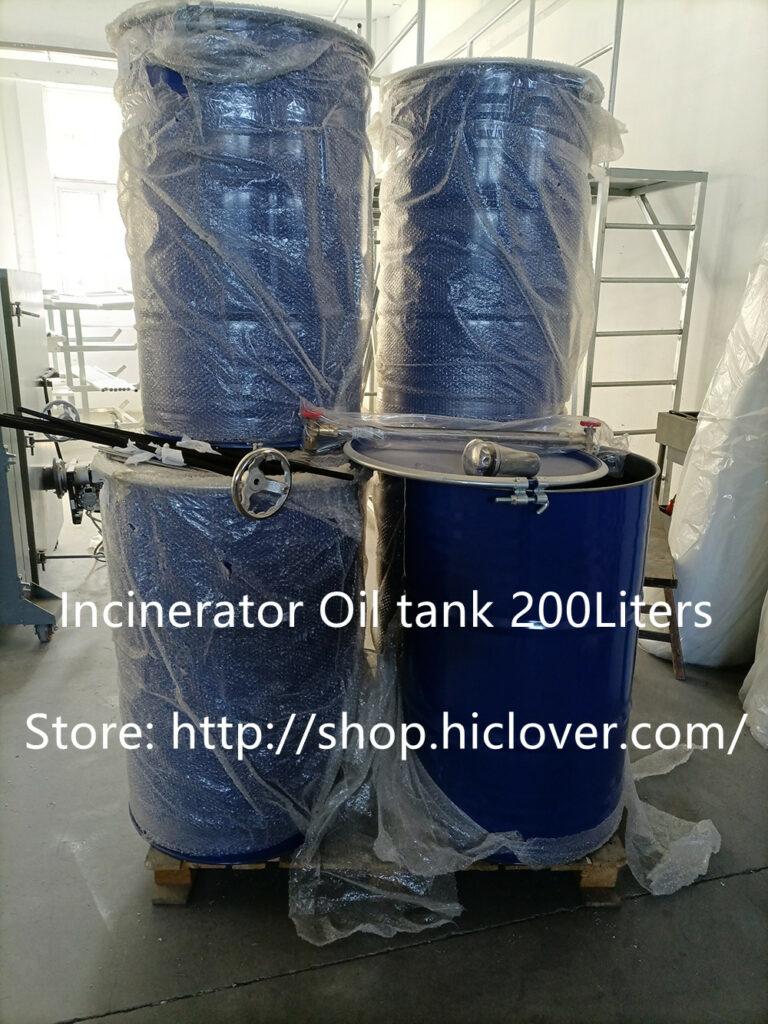Living near an incinerator facility can present a variety of challenges and concerns for the surrounding community. These facilities are used to burn waste, often producing energy or reducing the volume of waste that would otherwise end up in a landfill. While there may be benefits to having an incinerator in the area, residents often have a range of perspectives on the impact of living in close proximity to such a facility.
One of the primary concerns for communities near an incinerator facility is the potential impact on air quality. The burning of waste can release pollutants and toxins into the air, which may pose a risk to the health of nearby residents. In fact, studies have shown that people living close to incinerators may experience higher rates of respiratory and cardiovascular problems. This is a major worry for those living in the vicinity, especially families with young children and the elderly.
Another issue is the potential for odors and noise pollution. The operation of an incinerator facility can generate strong smells and loud noises that disrupt the peacefulness of the surrounding area. This can be particularly troubling for those living nearby, affecting their quality of life and ability to enjoy their homes and outdoor spaces.
On the other hand, some members of the community may view the presence of an incinerator facility as a positive. These operations can create jobs and economic opportunities for the area, as well as contribute to sustainable waste management practices. Additionally, incinerators may help to reduce the need for landfills and the associated environmental impact of waste disposal.
It is important to note that community perspectives on incinerator facilities can vary widely based on factors such as proximity to the facility, individual health concerns, and the perceived economic benefits. It is crucial for local governments and incinerator operators to consider and address these differing viewpoints when making decisions about the establishment and operation of such facilities.
In order to address the concerns of the community, incinerator operators must prioritize transparency and communication. Open dialogue with residents can help to build trust and understanding about the operations of the facility, as well as reassure them about the measures being taken to mitigate any potential negative impacts.
Ultimately, the development and operation of incinerator facilities must be approached with a comprehensive understanding of the potential effects on the community. Through active community engagement and a commitment to environmental and public health considerations, incinerator facilities can coexist with neighboring communities in a way that minimizes negative impacts and maximizes potential benefits. It is imperative that all stakeholders work together to ensure that the concerns and perspectives of the community are taken into account when making decisions about incinerator facilities.



